
Do you remember yesterday’s article titled 《Is Your Car Lacking Power? ECU Tuning Can Boost It by Several Horses!》? Many readers may have questions, so let’s take a look at today’s article, which might just answer all your queries!
At that time, I mentioned that car ECU upgrades have evolved from a niche modification stage to a widespread modification practice. By simply rewriting an upgraded program while maintaining the vehicle’s original state, the horsepower of the stock car can be increased to a certain extent.
I also pointed out that some car manufacturers use ECU control to create different versions of high and low power models, as the engine displacement is the same. This leads many car enthusiasts to mistakenly believe that by upgrading the ECU, the low-power version can be transformed into the high-power version. Taking BMW as an example, many people want their 20i to instantly become a 28i, but I can only say: don’t fantasize!
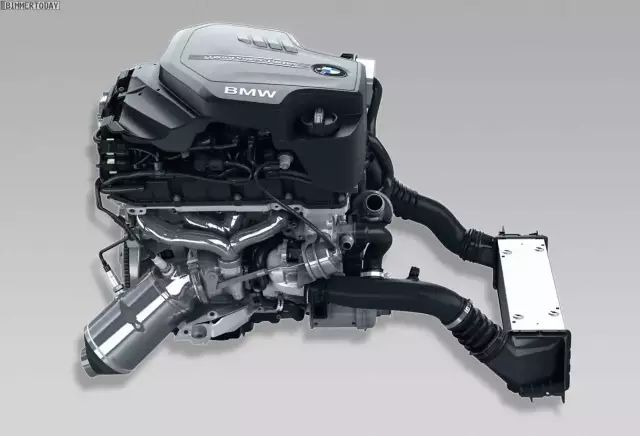
▲ BMW N20B20 engine, 2.0L turbocharged, has three power output versions: 20i, 25i, and 28i
20i and 28i Are Essentially Different
▼
I believe that in China, aside from the “God Car Party”, the group of owners driving the low-power N20B20 engines such as the 320i, 520i, and X1 20i is the largest group of ECU tuners. After purchasing the low-power version, they are not satisfied with its power and are very envious of the performance of the high-power version, so they reluctantly choose to tune the ECU to enhance performance.
The BMW N20B20 engine has two hardware versions: the low-power version is numbered N20B20B (the domestic version is N20B20D), and the high-power version is numbered N20B20A (the domestic version is N20B20C). The low-power and high-power engines have different hardware components, primarily the pistons, which have different shapes on their tops, resulting in different compression ratios; the low-power piston has a protruding top with a higher compression ratio of 11:1, while the high-power piston is flatter with a lower compression ratio of 10:1. Finally, the different power outputs are achieved by controlling the turbocharger pressure through the ECU.
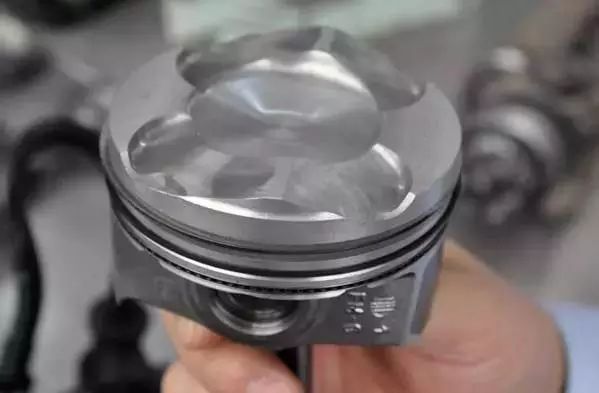
▲ The piston of the N20B20 low-power engine has a non-smooth bottom, featuring various protrusions, with a compression ratio of 11:1
This detail has been disclosed by some media, and many car enthusiasts have a general understanding of it. However, there are more details that only those involved in the automotive aftermarket would know. For example, the pistons of the high and low power versions not only differ in shape, leading to different compression ratios, but also in the precision of their machining, and the manufacturing precision of the piston rings; additionally, the exhaust systems of the 20i and 28i are different, the diameter of the drive shafts varies, and the length of the output shafts is also different, etc. Even for the same 20i engine, the ECU versions paired with different models and years can vary.
High Compression Ratios Cannot Withstand High Boost Values
▼
Some owners choose more aggressive ECU brands, believing that after spending a few thousand yuan on a program for their 20i, they can achieve performance that surpasses the 28i, which seems incredibly cost-effective. The sad reality is that after a period of time, one 20i after another has experienced engine failures, cylinder wall damage, and broken piston rings… Is it BMW’s poor quality?! Of course not! BMW’s engines, when properly maintained and used, are of exceptional quality, as I have disassembled quite a few BMW engines myself.
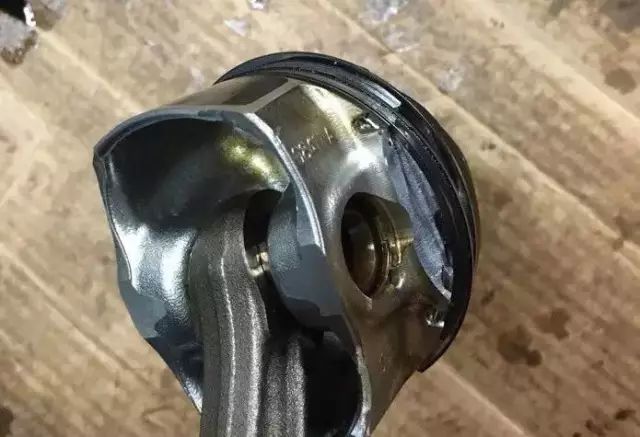
▲ On a certain automotive forum, a car enthusiast experienced piston damage after tuning the ECU for a while
So why do engine failures occur? The reason is simple: the low-power version engine has a high compression ratio of 11:1. Brand XXX claims that after tuning the ECU under completely stock conditions, it can stabilize at 275hp at the wheels and a maximum torque of 420Nm (this is at the wheels). How is this achieved? By maintaining a constant turbo pressure of 1.1 bar and continuously enriching the fuel mixture. It may seem harmless, but the high compression ratio of 11:1 is indeed not suitable for long-term operation at such high turbo pressures. Increasing the boost value under high compression raises the likelihood of knocking, and in the worst-case scenario, it can damage the cylinder block.
If You Must Tune, Choose Your Brand Wisely
▼
BMW sets the low-power version primarily to cater to customers who care about fuel consumption but occasionally want some excitement. If you want more power, why not spend a bit more to get the 28i directly?
If you say you felt the power was insufficient only after buying the 20i, then you should carefully select the ECU upgrade brands. However, many car enthusiasts have a standard when choosing ECU brands — they choose whoever claims the highest horsepower. I believe the chaotic modification situation in China is partly due to this mentality. Those X1 20i that can complete 0-100km/h in just over 5 seconds, can they achieve that without around 300hp? Can an 11:1 compression ratio withstand that? Can such a rich fuel mixture avoid knocking? In the end, can they avoid cylinder wall damage?
As a side note, some businesses that specialize in ECU tuning have a lower incidence of engine failures. Competent manufacturers conduct in-depth analyses based on your engine’s data flow to create a stable power enhancement program tailored to your vehicle’s condition. On the other hand, canned programs carry a much higher risk, as gasoline compositions vary worldwide. Using a single program to simply increase fuel flow and boost values to extract horsepower will significantly increase the likelihood of knocking.
If you must have high horsepower, there are solutions on the market for replacing the low-power engine pistons with high-power ones and pairing them with ECU upgrades, which will also reduce the risk of engine failure. The intake and exhaust systems must also be upgraded, along with the cooling system.
Check the Engine Before Tuning
▼
ECU tuning is not something that can be done anytime; at least the engine must be healthy. The largest group of ECU tuners — the general “God Car Party” — are you sure your engine has great potential?
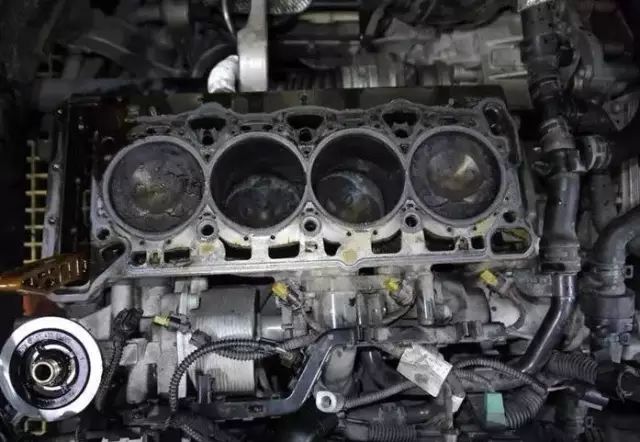
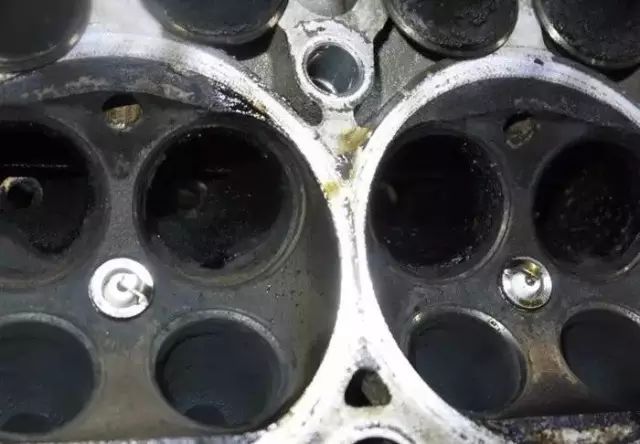
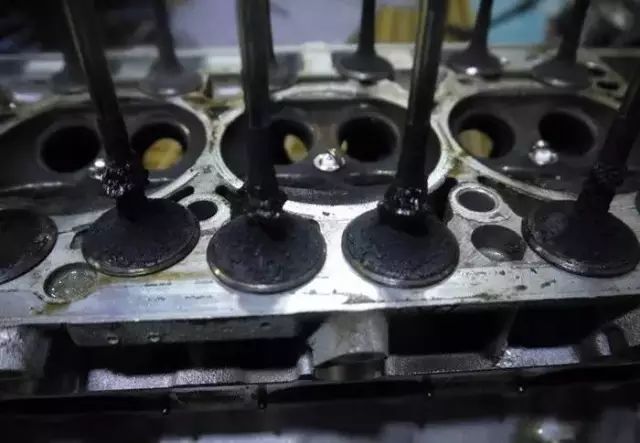
I used to be a part of the “God Car Party”, once owning a CC 2.0TSI, and I also wanted to tune the ECU for 250hp. However, before tuning, the shop owner conducted a “check-up” on my engine and discovered that my second-generation EA888 engine had carbon deposits like ice cream. Thus, I gave up on the ECU tuning idea and opted to remove the carbon deposits to restore close-to-stock power, which satisfied me. The three images above show my EA888 engine during the carbon cleaning process; the car had only run about 50,000 kilometers. The cause was mainly due to a design flaw in the engine’s oil and gas separator, allowing a large amount of oil vapor-laden gas to enter the combustion chamber, leading to disgusting carbon buildup. I have tried various improved versions of the oil and gas separator, but ultimately, it was all in vain, and I ended up selling the car.
Do you think an engine in this condition is suitable for ECU tuning? If tuned, wouldn’t that accelerate the formation of carbon deposits?

At the end, here’s a bonus: a brief answer to some frequently asked questions from the last issue.
Question 1: Is ECU tuning suitable for naturally aspirated engines?
For high-performance naturally aspirated engines with large displacements, ECU tuning generally results in a horsepower increase of about 5% to 8%. The added horsepower usually manifests in the later stages of acceleration, without significant improvements in the 0-100 km/h time; for small displacement naturally aspirated engines (1.6L, 2.0L), you won’t feel the few extra horsepower gained from tuning, so it’s better not to bother.
Question 2: Are there any engines with the same displacement and identical hardware that can achieve the same horsepower after ECU tuning?
Such engines do exist, for example, the N13B16 in the BMW 116i and 118i; the 3.5L M276 in the Mercedes CLS300 and CLS350; and the M178 engine in the Mercedes AMG GT and AMG GTS, etc.
Question 3: Why do some 20i models have high-power version engines?
In some early X1 20i or Z4 20i models, there were indeed instances of high-power version N20B20A engines paired with low-power ECU settings. However, this does not mean that simply tuning to a high-power version ECU will yield high-power upgrade data; the hardware versions of the ECUs differ, and the programs that can be uploaded vary, so each issue must be analyzed specifically.
Question 4: Will the dealership warranty cover ECU tuning?
Generally, if your car has minor issues, they usually won’t refuse to cover repairs; however, if there is an engine failure or cylinder wall damage, they will definitely investigate the cause. The ECU data logs can reveal that you have tuned the ECU, and in such cases, they may deny warranty coverage.
Question 5: Is custom tuning expensive?
Indeed, it is generally more expensive than canned programs, with custom tuning for four-cylinder engines starting at around 6000 to 7000 yuan, while six-cylinder engines often exceed 10,000 yuan.
Question 6: Will ECU tuning affect engine lifespan?
Good programs won’t, but most canned programs on the market will accelerate the formation of carbon deposits in the engine.

